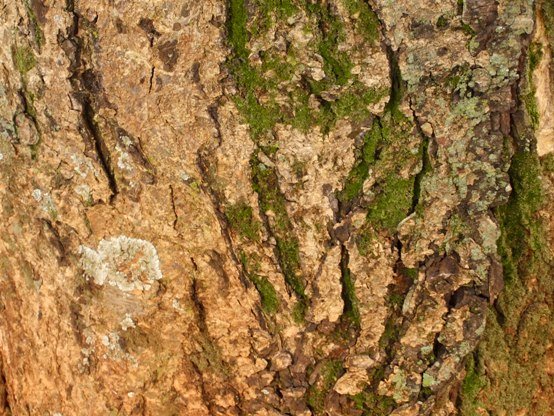Senegalia burkei bark

Author: Ivan Lätti
Photographer: Ivan Lätti
This patch of Senegalia burkei bark is partly covered in lichen and moss. Every part of available living space on earth, also tree trunk and rock surface, but all the water and even the air around the earth are likely to be occupied as Lebensraum by something, if prevailing conditions are conducive to the living requirements of its species.
There is talk about significant species diversity loss to be expected if the average temperature on the earth’s surface should rise by a couple of degrees. Major drought such as caused by El Niño and the quick on-land sortie of a tsunami demonstrate how quickly life can be reduced.
Simultaneously robust and delicate, living things respond to interference with their life supporting conditions. The tipping point of destruction is within human reach in our time; fortunately awareness of the fine line we’ve arrived at continually grows, albeit maybe not fast enough.
The variability in appearance of the S. burkei bark is a feature of this tree; every little difference the result of environmental factors in each tree’s microcosmic living conditions. For nothing in nature happens without a cause.
There is always a limited, growing number of people around who strive to discover the causes of the phenomena they observe. Every encounter with every plant and every animal in every spot on every day is a unique event, sometimes causing a reaction in the mind.
The observer’s state of mind, mood and attentiveness add to this exclusivity in experience, which may bring about something material, spiritual or scientific... or absolutely nothing.
The good news is that the future promises more knowledge about nature if it remains available to be studied. But if its destroyed, it will still be a nature of sorts, slowly clawing its way back to a new diversity. Without people being present to study it, although new, strong-brained animals or plants or some other type of species may evolve...

